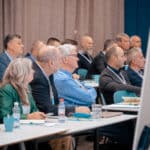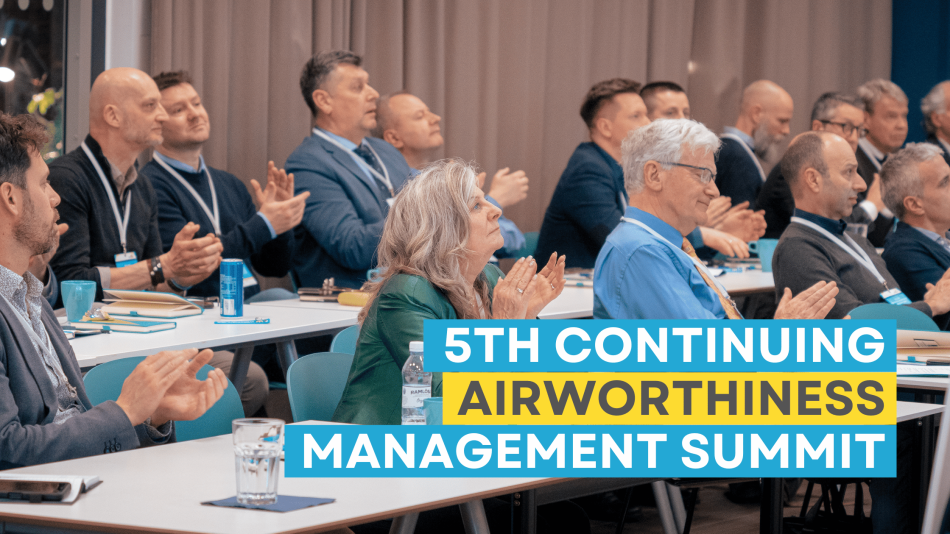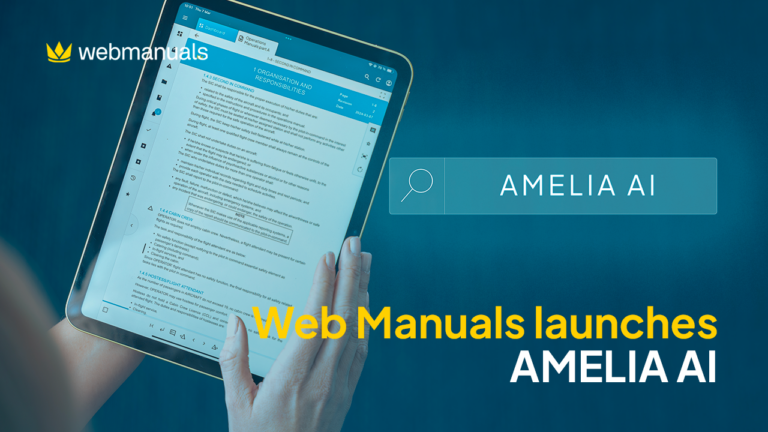At Web Manuals, we strongly believe in the importance of sharing knowledge and fostering open community ecosystems.
Whether creating our own events to bring the industry together, or collaborating with various organizations to develop learning environments, we’re committed to enabling cooperation scenarios.
Most recently, we gathered with high-level operators and providers at the 5th Continuing Airworthiness Management Summit (CAMS) for a full day of relevant discussions around airworthiness regulatory structures.






Safety was at the core of the discussions
Safety is our ultimate goal and requires different approaches to comply with and maintain all levels of regulations adequately. Analyzing together the needs to get approvals and sharing experiences from industry leaders provided ideal learnings on how to handle these processes successfully.
Preparing, monitoring, and certifying fleets is a long process of continuously building knowledge and skills. Together we took insightful outcomes to support and improve organizations going through it.
Practical application approach
Analyzing and evaluating risks is the first step to assessing the project correctly. For example, securing the proper infrastructure and establishing technical protocols are the basis for effective planning. Moreover, consider appropriate management systems that support your current and future operations.
Strategic mindset
A recurrent advice was to think about making the process more efficient and meet standards in the long run. Senior experts in the industry suggested committing to diagnostic and data analysis tools to gain awareness and improve performance. For instance, once you finalize the certification process, it’s essential to consider how to stay compliant and keep track of the regulatory changes.
A significant focus around the presentations was the transformation of current processes to understand and manage future challenges. Regular inspections, technical audits, and maintenance planning sustain current operations. But pioneering operators shifted to data-driven techniques to improve and future-proof fleets.
Plan talent development
It’s no secret that dedicating resources to acquiring skilled and competent teams is crucial. But it’s equally important to keep constant talent training and development. Proficient team members keep effective operations, oversee change implementation, and lead process enhancement.
Thank you to all partners, sponsors, and attendees for participating in the event: Aeropodium, Meton Skies, Regio Lease, REDiFly, Baines Simmons, Vision Achievement, and AMS (Aircraft Maintenance Systems).




